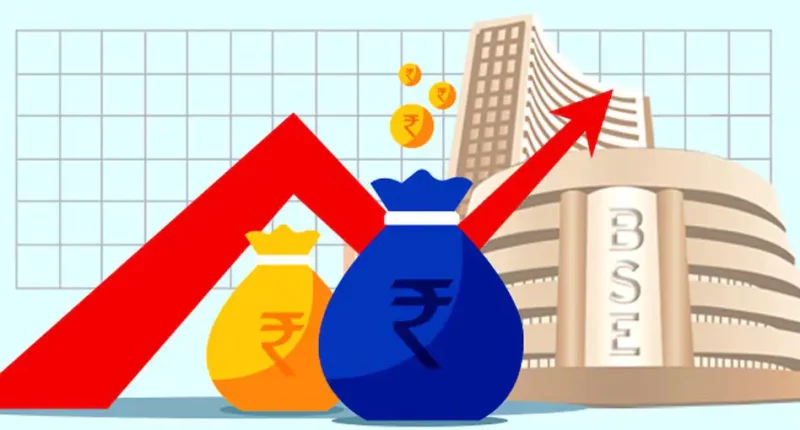The stock markets are highly volatile after the Russia-Ukraine crisis. Many countries, including India, have hiked interest rates to bring rampaging inflation under control. There are fears of a recession in the US which could impact Indian stock markets. The Indian Rupee is close to 80 against the US Dollar. The Government raised the import duty on gold from 10.75% to 15% to control the current account deficit (CAD) and reduce pressure on the Indian rupee. How to pick suitable stocks in a volatile market?
Pick stocks with solid fundamentals.
You must pick shares of companies with solid financials and good corporate governance in a volatile stock market. For instance, choose companies with a lower debt-to-equity ratio. It shows the proportion of debt used to finance a company’s assets.
The debt-to-equity ratio helps you gauge a company’s financial health. Too high a debt-to-equity ratio increases the chances of bankruptcy of a firm if profits crash.
You must check if the company has a stable track record where Return on Equity (ROE) and Return on Capital Employed (ROCE) has been growing continuously over five or more years. ROE determines a firm’s operating efficiency, whereas ROCE shows how efficiently a company generates profits from its capital.
You must check the quality of the company’s top management to pick suitable stocks. It helps to ensure that promoters have significant shareholding and low pledging of their shares in the company.
Look for a company’s economic moat.
An economic moat is a firm’s ability to maintain a competitive advantage over rivals and peers and protect its long-term profits. It helps a company gain a dominant market position.
For instance, companies with a strong brand name, excellent distribution channels and many patents may enjoy an economic moat.
You must check a company’s earnings during challenging economic phases, revenue, the dominance of its products, margins etc., to find companies with an economic moat.
You must check the company’s durability of the economic moat as rivals and peers may eventually catch up and negate the competitive advantage. It helps to pick stocks of firms that focus on strengthening their brands and enjoy economies of scale to benefit from an economic moat.
Ensure an adequate Margin of Safety
It would help if you bought suitable stocks at the right price to attain your long-term financial goals. It helps to understand the margin of safety where you purchase shares when their market price is significantly lower than their intrinsic value.
If you invest in stocks with a higher margin of safety, you enjoy more excellent protection even during a stock market correction. For instance, if you believe that a stock’s intrinsic value is Rs 50 and it is available at a market price of Rs 30, you have a margin of safety of 40%.
The margin of safety depends on your investment strategy and risk tolerance. For instance, you may have a lower margin of safety for large-cap stocks than mid-cap and small-cap stocks. Moreover, you may prefer a margin of safety of 40%-50% if you are a value investor and 10%-15% if you are an aggressive investor.
A stock market downturn may be the best time to pick stocks of companies with solid fundamentals. It may allow you to buy stocks at cheap valuations. However, you could consider staggering your investment in stocks over some months rather than investing in one go in the current volatile market.
For any clarifications/feedback on the topic, please contact the writer at cleyon.dsouza@clear.in

I write to make complicated financial topics, simple. Writing is my passion and I believe if you find the right words, it’s simple.





